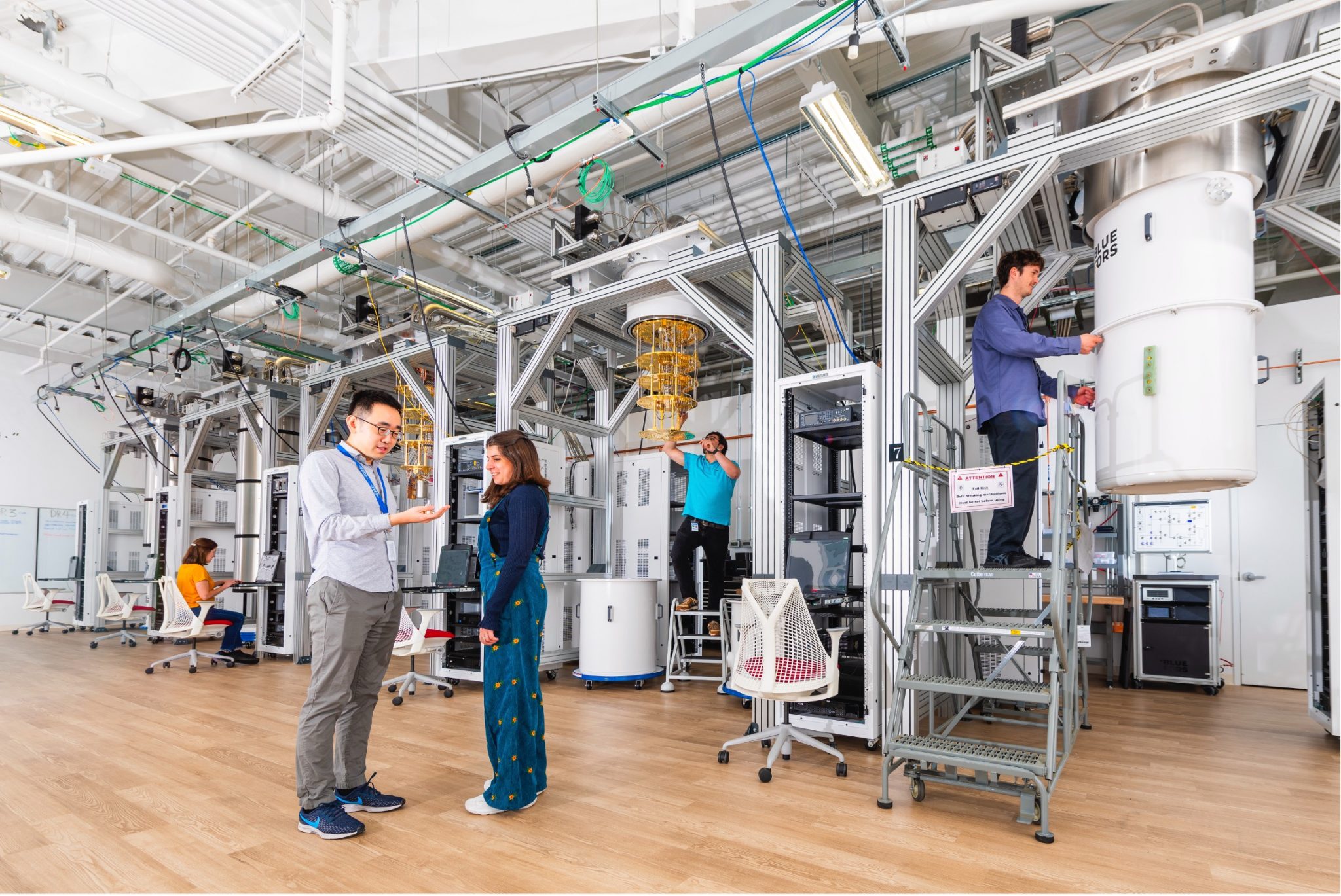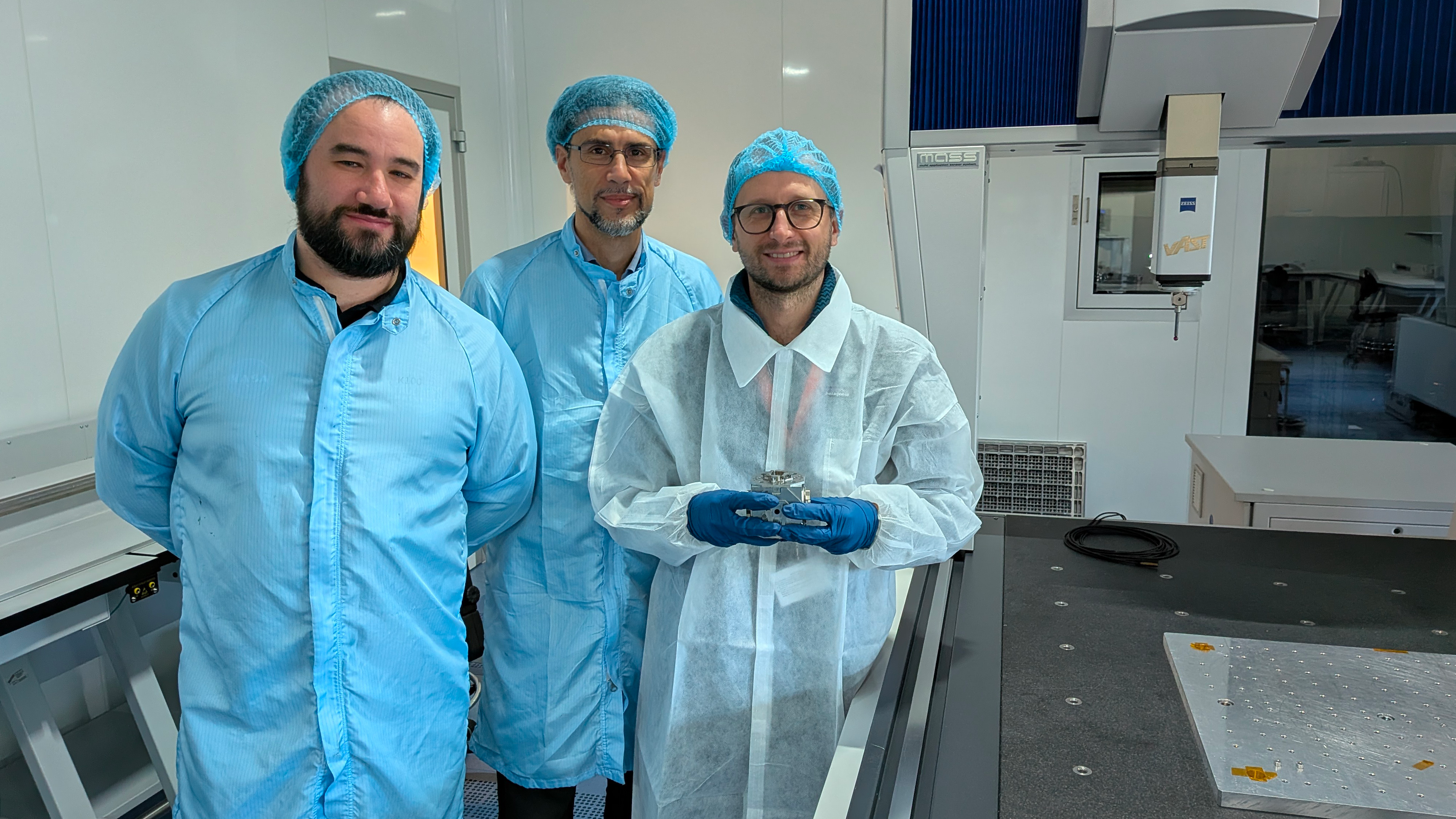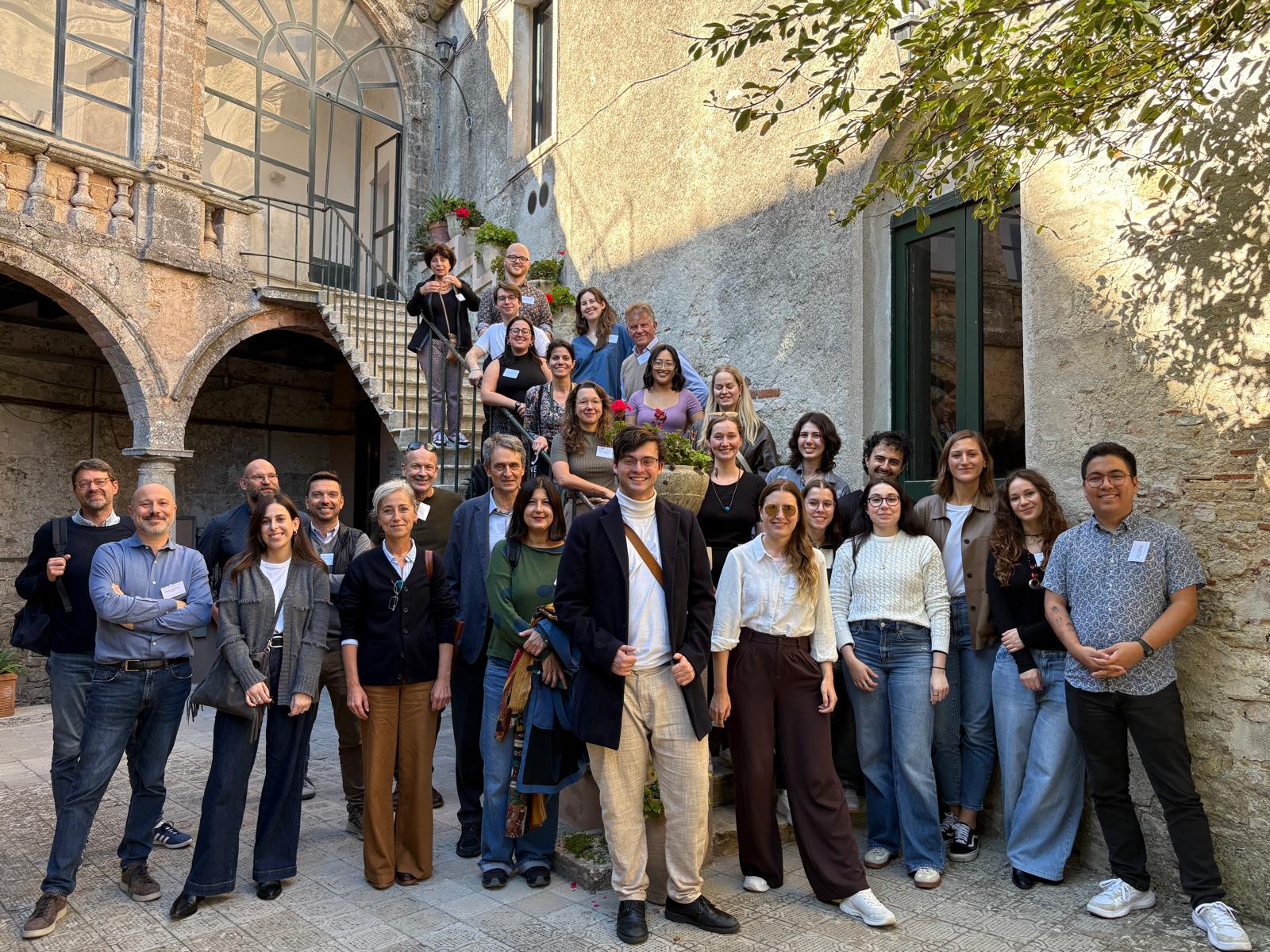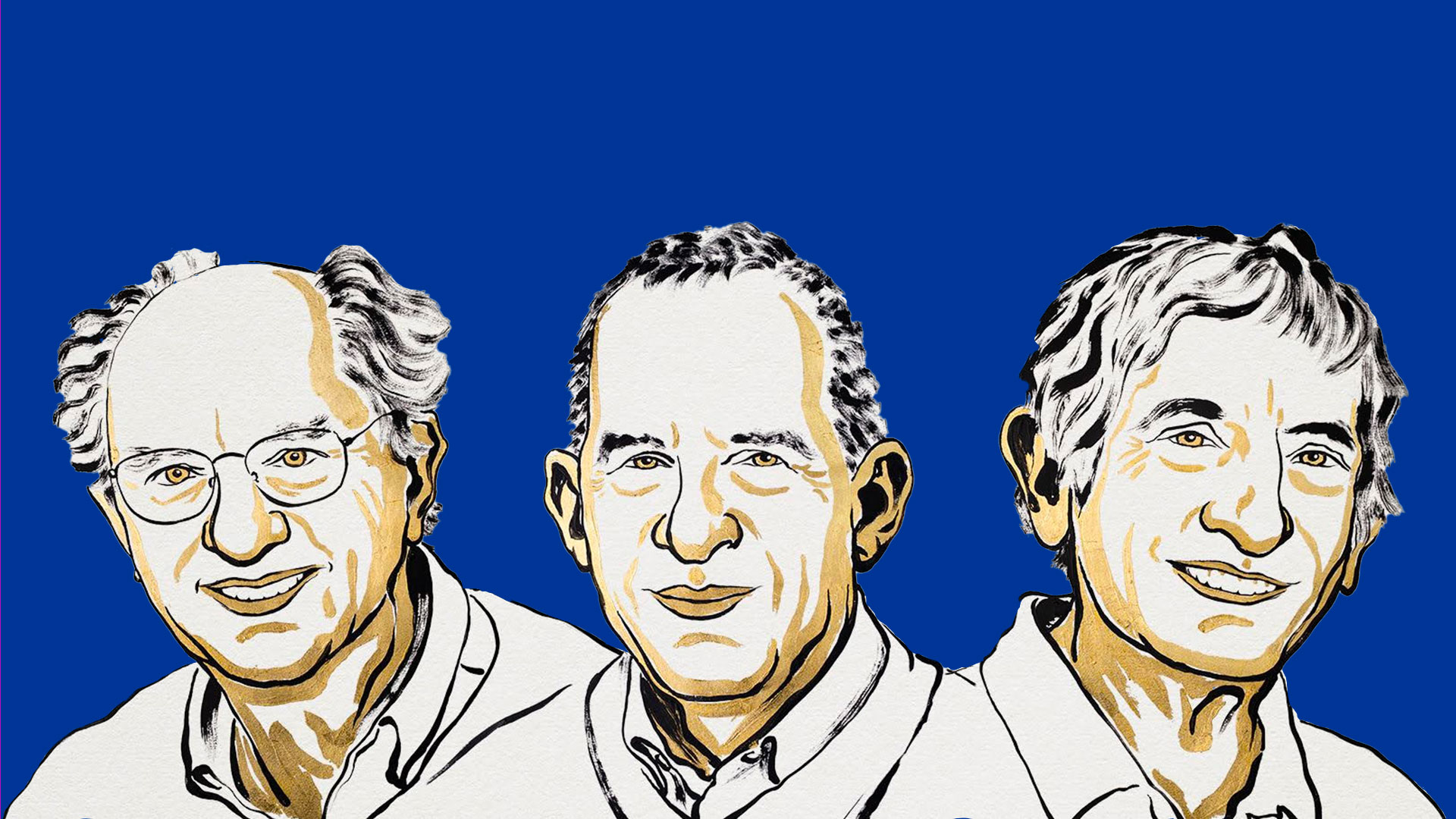 It stems from the research in fundamental physics to respond to an experimental need: to have large amounts of argon available for the search for dark matter with the DarkSide experiment at the INFN Gran Sasso Laboratories. But in the future it could also be used for the distillation of other isotopes increasingly used in medicine, both in advanced diagnostics and in cancer therapy, and also in environmental and agricultural sciences. This is the ARIA project, whose first results, following the tests performed on the Seruci-0 cryogenic distillation pilot tower, were presented on 16 November, during an event held at the University of Cagliari, in the presence of the 2015 Physics Nobel Prize winner, Art McDonald, and representatives of the world of scientific research, business and institutions.The ARIA infrastructure for the production of argon and other elements will consist of a 350-metre cryogenic distillation tower, which will be installed in Well 1 of the Seruci area of the Carbosulcis mine of Mount Sinni. In last July and October, the DarkSide international scientific collaboration carried out two operating campaigns of the Seruci-0 tower, a 24 metres high column. During the two operating campaigns, the Seruci-0 plant distilled nitrogen (N2), allowing the expected performance of the Seruci-1 tower to be extrapolated, which is perfectly in line with the forecasts made during the design phase.ARIA is an unprecedented project at the international level, made possible by the scientific cooperation between INFN, acting as leader and coordinator of the research groups involved, and Princeton University, supported by the Sardinia Region and Carbosulcis. The project also involves local scientific partners with the University of Cagliari and the INFN division of Cagliari and the University of Sassari, with the crucial contribution of Italian companies. ▪
It stems from the research in fundamental physics to respond to an experimental need: to have large amounts of argon available for the search for dark matter with the DarkSide experiment at the INFN Gran Sasso Laboratories. But in the future it could also be used for the distillation of other isotopes increasingly used in medicine, both in advanced diagnostics and in cancer therapy, and also in environmental and agricultural sciences. This is the ARIA project, whose first results, following the tests performed on the Seruci-0 cryogenic distillation pilot tower, were presented on 16 November, during an event held at the University of Cagliari, in the presence of the 2015 Physics Nobel Prize winner, Art McDonald, and representatives of the world of scientific research, business and institutions.The ARIA infrastructure for the production of argon and other elements will consist of a 350-metre cryogenic distillation tower, which will be installed in Well 1 of the Seruci area of the Carbosulcis mine of Mount Sinni. In last July and October, the DarkSide international scientific collaboration carried out two operating campaigns of the Seruci-0 tower, a 24 metres high column. During the two operating campaigns, the Seruci-0 plant distilled nitrogen (N2), allowing the expected performance of the Seruci-1 tower to be extrapolated, which is perfectly in line with the forecasts made during the design phase.ARIA is an unprecedented project at the international level, made possible by the scientific cooperation between INFN, acting as leader and coordinator of the research groups involved, and Princeton University, supported by the Sardinia Region and Carbosulcis. The project also involves local scientific partners with the University of Cagliari and the INFN division of Cagliari and the University of Sassari, with the crucial contribution of Italian companies. ▪





